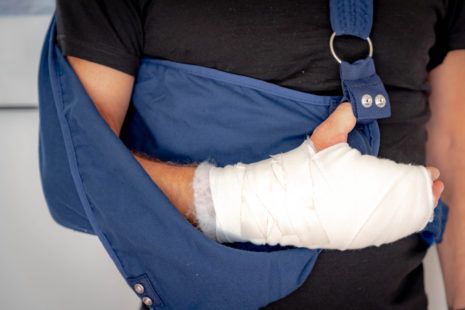Lower back pain is a common complaint among females, attributed to various factors that can range from lifestyle influences to specific medical conditions. Understanding these causes is crucial for effective management and prevention.
Here’s an overview of common causes of lower back pain in females…
1. Musculoskeletal Strain
- Overexertion – Heavy lifting or sudden, awkward movements can strain back muscles and spinal ligaments, leading to pain.
- Poor Posture – Chronic poor posture, especially during sitting or standing for long periods, can cause or exacerbate lower back pain.
2. Hormonal Changes
- Menstruation and PMS – Many women experience lower back pain as a part of premenstrual syndrome (PMS) or during their menstrual cycle due to hormonal fluctuations.
- Pregnancy – The additional weight and altered posture during pregnancy can lead to lower back pain, as can hormonal changes that loosen ligaments and joints in preparation for childbirth.
3. Endometriosis
- A condition where tissue similar to the lining inside the uterus grows outside of it, causing pain that can extend to the lower back.
4. Osteoporosis
- This condition weakens bones, making them more fragile and prone to fractures, which can cause significant back pain if the vertebrae are affected.
5. Degenerative Disc Disease
- The discs between the vertebrae can deteriorate with age, leading to pain. While this is a part of the natural aging process, it can be more pronounced in some individuals.
6. Spinal Osteoarthritis
- The wear and tear of the cartilage of the joints in the spine can lead to osteoarthritis, causing stiffness and lower back pain.
7. Gynecological Issues
- Conditions like fibroids (non-cancerous growths in the uterus) and pelvic inflammatory disease can cause referred pain in the lower back.
8. Kidney Problems
- Issues such as kidney stones or kidney infections can cause severe pain, often felt in the lower back.
9. Sedentary Lifestyle
- Lack of regular exercise can lead to weak back and core muscles, contributing to lower back pain.
10. Stress and Mental Health Issues
- Stress and conditions like depression and anxiety can lead to muscle tension in the back, manifesting as pain.
Management and Prevention
Addressing lower back pain effectively involves a combination of lifestyle changes, physical therapy, medication for pain management, and, in some cases, surgery. Prevention strategies include maintaining a healthy weight, practicing good posture, staying active, and using proper techniques when lifting heavy objects. For conditions like endometriosis or osteoporosis, specific medical treatments are necessary. Consulting a healthcare provider is necessary for an accurate diagnosis and appropriate treatment plan tailored to the individual’s needs and underlying causes.




